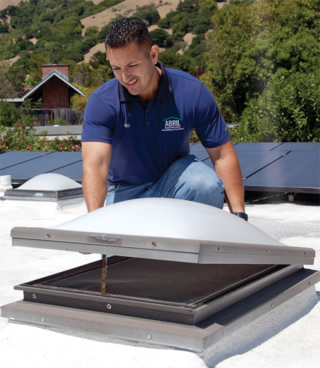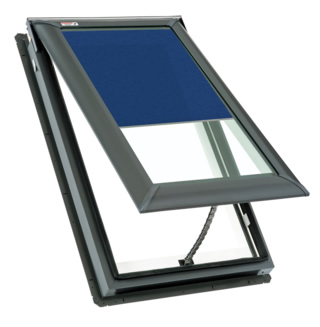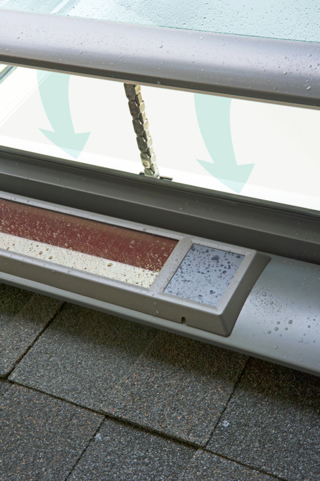Let the Sun Shine in - Page 3
 |
|
|
 |
|
|
 |
|
|
|
|
 |
|
|
"For years Eichler owners who wanted Velux skylights had to buy a special mounting curb that would slope the skylight," Fackrell says. "But about eight years ago, they started making models that go over the curb so that the windows could be installed flat, or you can raise the curb a little so that the window slopes a bit for water run off."
Sunoptics makes square acrylic skylights with a pyramid-shaped lens, and rectangular acrylic skylights with a double hip-shaped lens. The manufacturer's acrylic lenses come in clear and white prismatic, which lets in more light than the traditional white skylights. "I like the Sunoptics for an Eichler," Fackrell says. "Sunoptics seem to work the best in diffusing the light, and they have a vinyl clad frame."
The benefit to acrylic lenses is that they don't allow UV light to come through. The downside is that they are a bit noisier when rain hits them. Velux skylights come in Low-E glass, Low-E plus, and white glass. The Low-E plus helps to reduce the amount of ultraviolet light coming into the home. UV's are known to fade floors, cabinets, art, and fabrics.
For living rooms and kitchens, Fackrell recommends adding larger tinted skylights. With these, you can see out, while glare is reduced and your furnishings and art are protected. Homeowners who want to protect their showcased art may want to step up to the Royalite skylight with museum glass, which will protect furnishings and art at a higher level. However, it is significantly more costly than the standard models.
Fred Drees of Done-Rite Roofing, who specializes in Streng homes in Sacramento and Davis, favors Sunoptics prismatic skylights for his Streng installations. "You can't go buy them at the home center," Drees says. "They have to be specially made, because they're always a custom fit."
Energy performance
Understanding the energy performance ratings of skylights can help you select the right one based on climate, direction, and your home's design.
Skylights that face north provide fairly constant but cool illumination. Those on east-facing roofs provide maximum light and solar-heat gain in the morning. West-facing skylights provide afternoon sunlight and heat gain.
South-facing skylights provide the greatest potential for winter passive solar-heat gain than any other location, but they often let in unwanted heat gain in the summer. You can prevent this by installing your skylight in the shade of deciduous trees or by adding window blinds. Some skylights have special glazing that helps to control solar-heat gain.
The physical size of a skylight greatly affects the illumination level and temperature of the space below. As a rule of thumb, the U.S. Department of Energy recommends that the skylight size should never be more than five percent of the floor area in rooms with many windows, and no more than 15 percent of the room's total floor area for spaces with few windows.
Flat glass skylights will provide better insulation than double-domed acrylic skylights, but always refer to the manufacturer's specifications to determine a window's energy rating.
Best time to install
Roofing experts advise that the best time to replace or add skylights is when a new roof is installed. At that time, the new roofing membrane and skylight penetrations can be sealed together seamlessly. In addition, if the roofing company takes on both the roof and skylight projects as well as the respective warranties, there will be no question who to call if any overhead water leaks occur down the road.




